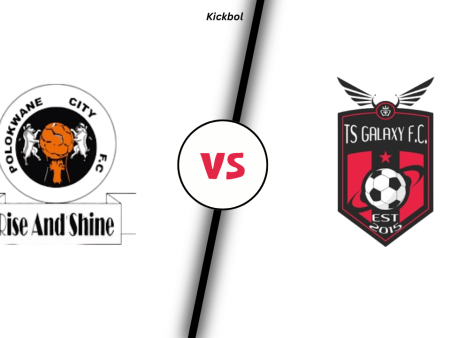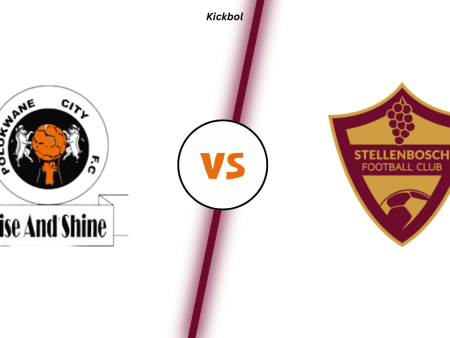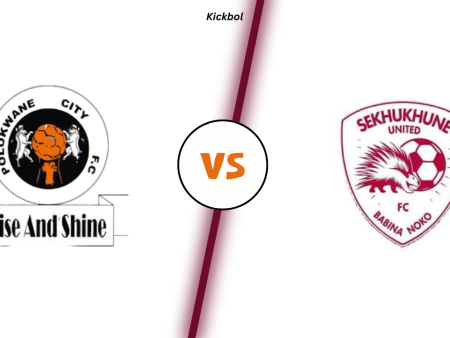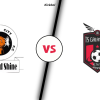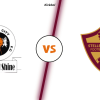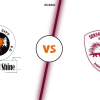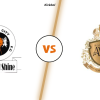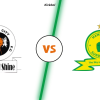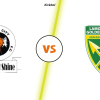The Premier League stage is set for a clash of rejuvenated rivals: Fulham, the Cottagers, and Sheffield United, the Blades. Both clubs, steeped in rich history and boasting passionate fan bases, have navigated challenging journeys to return to the top flight, reigniting a rivalry dormant for over a decade. This article delves into the shared history, contrasting playing styles, recent transfer activity, and potential impact of this rekindled battle.
A History Intertwined: From Past Glories to Present Day Ascendancy
Fulham, the 1975 FA Cup champions, have had a rollercoaster ride, experiencing periods of Premier League glory followed by spells in the Championship. Their 2023 promotion under Marco Silva marked a triumphant return, reminding fans of their attacking flair under Jean Tigana. Sheffield United, known for their 1988-89 Premier League season and 2021 FA Cup semi-final run, have also endured fluctuations. Their promotion under Paul Heckingbottom in 2023 showcased their resilient spirit and tactical adaptability.
This historical context adds another layer of intrigue, reminding fans of past battles like the dramatic 2010 Championship play-off semi-final won by Fulham. The fierce competition adds spice to their upcoming encounters.
Contrasting Styles: A Tactical Tango on the Pitch
The Fulham vs. Sheffield United rivalry promises captivating tactical battles, with distinct philosophies taking center stage:
Fulham: Under Silva, Fulham prioritize attacking fluidity and positional rotation. Aleksandar Mitrovic’s prolificacy remains key, supported by the creativity of Harry Wilson and Andreas Pereira. They often use possession to control the tempo, but can be vulnerable defensively.
Sheffield United: Heckingbottom implements a pragmatic and organized approach, focusing on defensive solidity and quick transitions. Oli McBurnie’s physical presence offers a focal point, while John Fleck and Sander Berge provide control in midfield. Their counter-attacks can be potent, but creating sustained attacking pressure can be a challenge.
These contrasting styles guarantee exciting and unpredictable matches:
- Fulham’s attacking prowess will challenge Sheffield United’s resolute defense.
- Fulham’s vulnerability at the back could be exploited by Sheffield United’s counter-attacks.
- Sheffield United’s ability to control the tempo and create chances through disciplined build-up could test Fulham’s defensive resolve.
Table of Stats (Playing Styles)
| Team | Playing Style | Key Attributes | Challenges |
|---|---|---|---|
| Fulham | Attacking, fluid | Creativity, positional rotation, Mitrovic’s finishing | Defensive stability, consistency |
| Sheffield United | Pragmatic, organized | Defensive solidity, quick transitions, McBurnie’s presence | Creating sustained attacking pressure, converting chances |
Transfer Market Maneuvers: Building for Success
Both clubs have been active in the transfer market, seeking to strengthen their squads for the Premier League challenges:
Fulham: Their key signings include Kevin Mbabu (right-back), Joao Palhinha (defensive midfielder), and Manor Solomon (winger), aiming to add defensive solidity and attacking options.
Sheffield United: The Blades focused on experience, bringing in John Lundstram (central midfielder) and Ciaran Clark (center-back) to bolster their midfield and defense.
While the impact of these transfers remains to be seen, they showcase both teams’ ambitions to establish themselves in the top flight.
Table of Stats (Recent Transfers)
| Team | Player | Position | Previous Club | Fee |
|---|---|---|---|---|
| Fulham | Kevin Mbabu | Right-back | Wolfsburg | £8.5 million |
| Fulham | Joao Palhinha | Defensive midfielder | Sporting CP | £18 million |
| Fulham | Manor Solomon | Winger | Shakhtar Donetsk | £7 million |
| Sheffield United | John Lundstram | Central midfielder | Rangers | £5 million |
| Sheffield United | Ciaran Clark | Center-back | Newcastle United | £5 million |
Beyond the Pitch: Fan Passion and Geographical Proximity
The rivalry transcends tactics, fueled by passionate fan bases residing in vibrant footballing cities. Both London and Sheffield boast deeply ingrained football cultures. This adds another layer of intensity, with fans engaging in friendly banter and boasting about their respective teams’ histories and achievements. The geographical proximity further amplifies the passion, creating a unique atmosphere during match days, both at Craven Cottage and Bramall Lane.
Conclusion
The Fulham vs. Sheffield United rivalry has the potential to be a major addition to the Premier League landscape. Their contrasting styles, passionate fan bases, and historical context guarantee exciting and unpredictable matches, enriching the league’s diversity and entertainment value.
